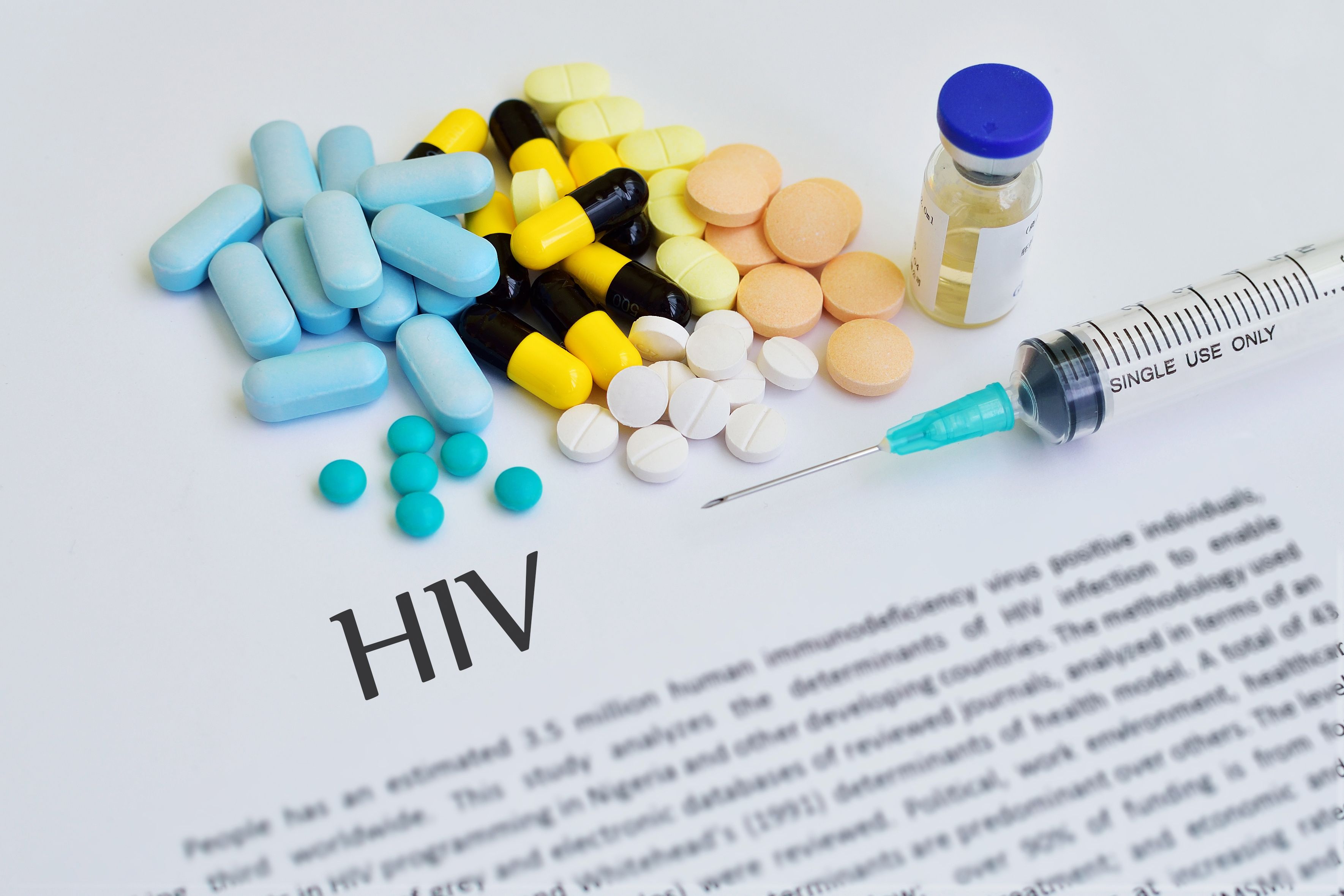News
Article
Epidemic of HIV Growing in Young Men Who Have Sex With Men in Brazil
Author(s):
The combination of a high proportion of new diagnoses of HIV with the high prevalence of HIV indicate that an epidemic of HIV could be growing.
According to a study published in The Lancet Regional Health – Americas,1 young men who have sex with men (YMSM) in Brazil could be the subject of a new HIV epidemic in the country, as HIV has both high prevalence and a high proportion of new diagnoses.
Although the rate of new cases of HIV has plateaued in other populations, YMSM have had high rates of HIV in Latin America, with most people living with HIV in Latin America living in Brazil. This equals approximately 990,000 people in Brazil living with HIV as of 2022.2 This is in direct contrast to the United States, which has decreased the percentage of estimated new HIV infections by 12% and whose 1.2 million people living with HIV in the country is near equal to Brazil's, demonstrating a near equal proportion of Brazilian people living with the disease as in the United States.3
Pre-exposure prophylaxis (PrEP) has been made available to YMSM in Brazil for free but is not taken in high numbers. This study aimed to use a past mixed-methods study to estimate the prevalence of HIV and sexually transmitted infections (STIs) and identify the correlates of a new diagnoses of HIV.
Conectad@s was a mixed-method study that recruited YMSM between November 2021 and October 2022. All participants were recruited through peer referrals and all participants were compensated for their participation. Participants were aged 18 to 24 years, self identified as either a cisgender or transgender man, were non-binary/queer persons assigned male sex at birth, were attracted to men, lived in Rio de Janiero, and had a referral coupon.
Information on sociodemographics, such as age, gender, education, and income, as well as health insurance, previous HIV or STI testing or diagnosis, PrEP knowledge or use, sexual behavior, and mental health were all recorded from the participants. HIV risk behavior was assessed using an HIV risk scale, with low-risk scores between 0 and 2 points and high risk scoring 9 points or more.
Participants were also assessed with their HIV knowledge, homonegativity, discrimination, anxiety and depression, and posttraumatic stress disorder (PTSD). Participants were also assessed for any substance abuse. Testing for HIV was done along with testing for hepatitis B and C and syphilis. Participants who tested negative for HIV and expressed an interest in using PrEP were offered the medication.
There were 409 YMSM who were enrolled in this study, of which 90.2% tested negative for HIV. Of the participants who tested positive for HIV, half of them were newly diagnosed and the other half had been living with HIV. The median (IQR) age of the participants was 21 years (20-23). A total of 90.5% identified as cisgender men, 7.3% as non-binary or queer, and 2.2% as transgender. Men identified as gay the majority of the time (68.0%) with bisexual the second most common (21.8%). Most participants also self-identified as Black or Pardo (70.6%).
Prior HIV testing had not been done by 26.7% of the participants. Participants less frequently reported an STI diagnosis in the previous year when they were HIV-negative compared with patients who were newly diagnosed (29.3% vs 55.0%). Participants had a higher median HIV knowledge score if they were HIV-negative (11 [IQR 9-11]) or living with HIV (11 [IQR 10.8-12]) compared with those newly diagnosed with HIV (9.5 [IQR, 8-11]). A total of 57.8% of participants had a moderate risk of HIV and 25.2% had a high risk of HIV. Participants who were negative for HIV had lower scores.
YMSM who were newly diagnosed with HIV were more likely to have a high risk score (adjusted OR [aOR], 4.88; 95% CI, 1.88-13.40) compared with participants who were HIV negative. Lower odds of a new HIV diagnosis were found in YMSM who had disclosed their sexual orientation (aOR, 0.19; 95% CI, 0.04-0.92). Lower odds of a new HIV diagnosis were also found in YMSM who had increased knowledge of HIV (aOR per scale point, 0.77; 95% CI, 0.59-1.01). A new diagnosis of HIV was also associated with YMSM who had a positive anxiety screening (aOR, 2.67; 95% CI, 1.01-7.70). Only 2.4% of the participants who were HIV-negative had ever taken PrEP and only 0.8% were currently using the treatment.
The HIV epidemic in Brazil continues to grown in young men | Image credit: Krakenimages.com - stock.adobe.com

There were some limitations to this study. Causality could not be concluded due to the cross-sectional design of the study. The variability in the recruitment could have affected the types of participants included. There were less than 20% of participants who were aged 18 or 19 years and only 9.3% had ever completed primary school. Only 40 participants were YMSM living with HIV, which could have led to underrepresentation.
The researchers concluded that there is a burden of HIV among YMSM that is influenced by other social and structural context. Advancing public health, making sure that country is inclusive toward YMSM, and biomedical strategies can help to address the HIV epidemic in this population.
References
- Jalil CM, Jalil EM, Hoagland B, et al. The rising tide of HIV among young men who have sex with men in Brazil: insights from the Conectad@s study. Lancet Reg Health Am. 2024;36:100798. doi:10.1016/j.lana.2024.100798
- Number of people living with HIV in selected countries of Latin America in 2022. Statista. May 24, 2024. Accessed July 17, 2024. https://www.statista.com/statistics/266106/hiv-infected-people-in-latin-america/
- U.S. Statistics. HIV.gov. Updated December 7, 2023. Accessed July 17, 2024. https://www.hiv.gov/hiv-basics/overview/data-and-trends/statistics





